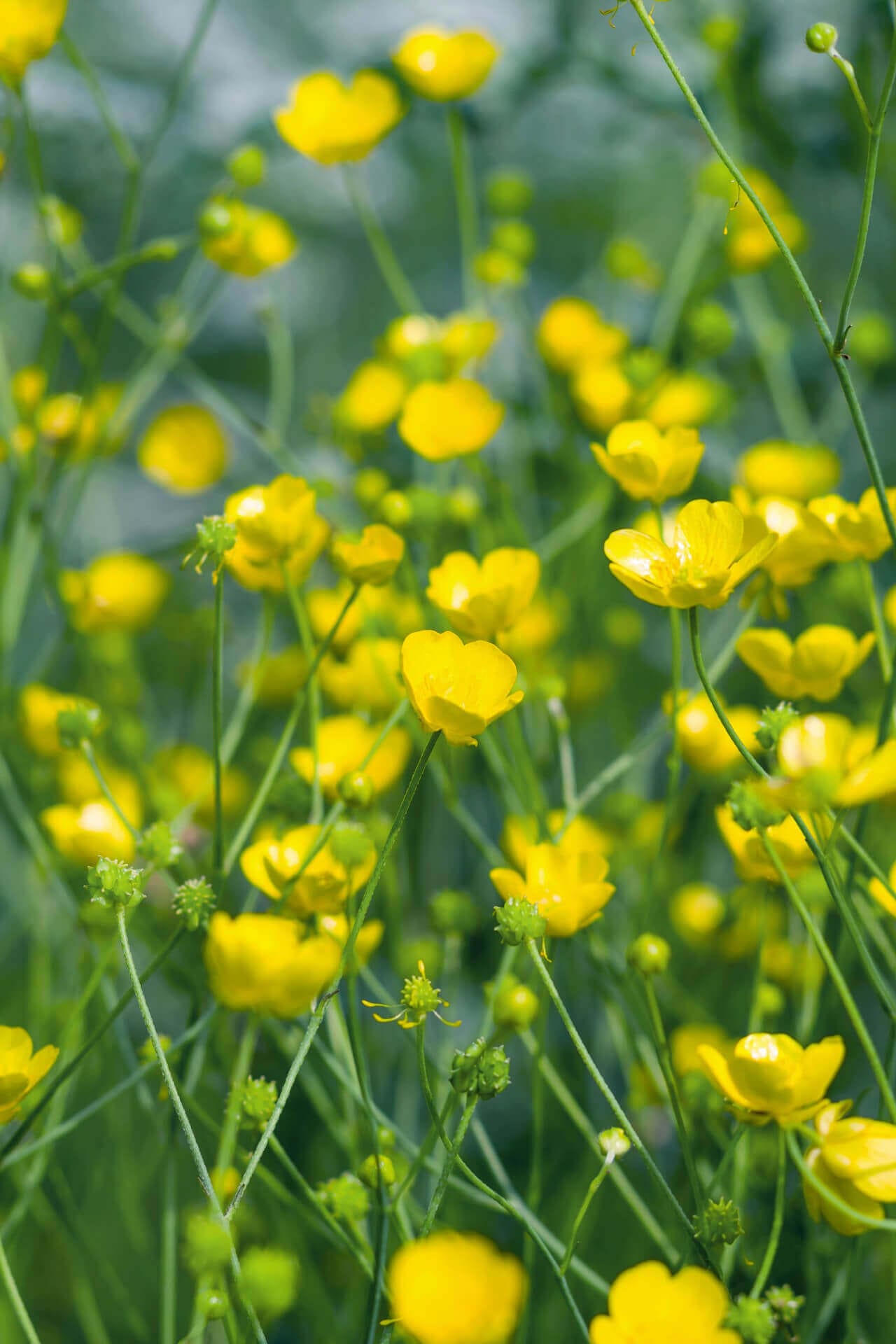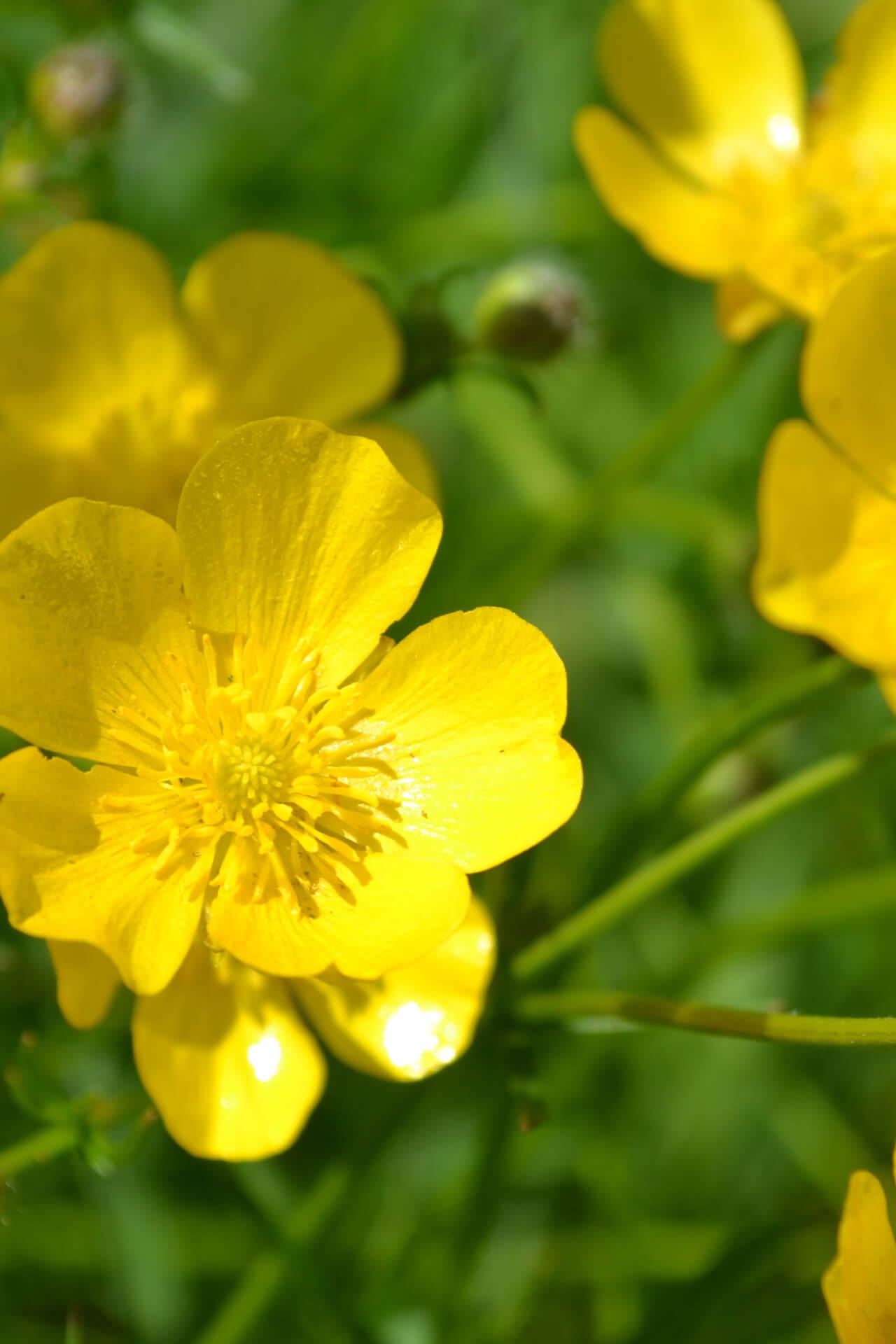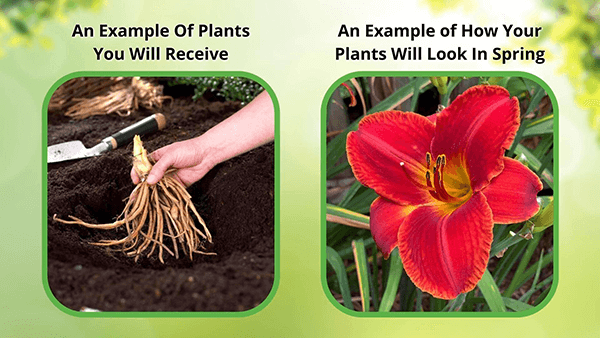Hairy Buttercup
Hairy Buttercup
| Order | Percentage Discount | ||
|---|---|---|---|
| 2-5 | 25% Off | ||
| 6-10 | 30% Off | ||
| 11-25 | 35% Off | ||
| 26-50 | 45% Off | ||
| 51+ | 65% Off | ||
Couldn't load pickup availability
5-7 Days
Under 12"
Full Sun
3-8
Flowering
Bare-root
Hairy Buttercup - Ranunculus Sardous
Hairy Buttercup is a common wildflower throughout North America, Europe, and Asia. Its scientific name is Ranunculus sardous, and it belongs to the family Ranunculaceae. This plant is known as the Small flower Buttercup or Lesser Celandine.
Plant Appearance
The plant grows to a 10-30 cm height. It has shiny, dark green leaves that are kidney-shaped with a slightly toothed margin. The leaves are arranged in a basal rosette at the bottom of the stem. The plant's stem is hairy and has a single yellow flower. The flower has five petals, and the center has numerous yellow stamens. The plant blooms from March to May, producing small, green fruits with numerous tiny seeds.
Habitat and Distribution of Hairy Buttercup
It is found in various habitats, including meadows, woodland edges, and hedgerows. It prefers moist soil and can grow near streams and damp areas. This plant is from Europe and Asia. It can be found in many parts of the United States and Canada.
Characteristics
This plant is a common wildflower throughout North America, Europe, and Asia. While it has a long history of medicinal use, it can also be problematic in some areas as it can outcompete native plant species and reduce biodiversity. As such, care should be taken to prevent its spread in non-native regions.
This Is How Your Plants Will Look upon Delivery
Bloom/Foliage Color
Yellow
Shipping date depends on the date displayed and chosen when you order from the product's page.
We only accept returns on plants verified dead. If you think your plants have died, we offer a 1 year warranty, please use use this File a Claim Link to verify dead plants and start with return warranty process.









